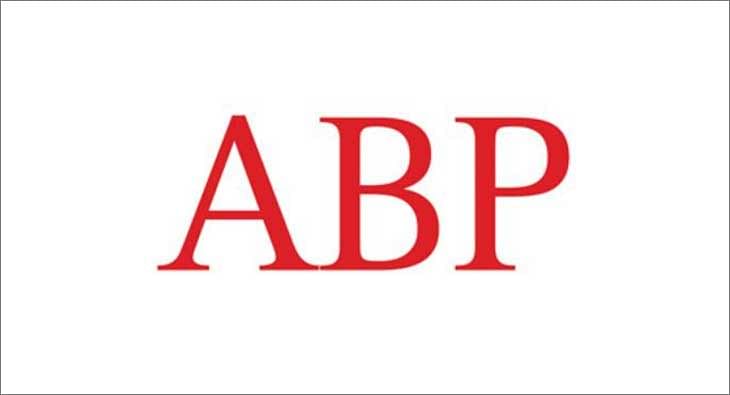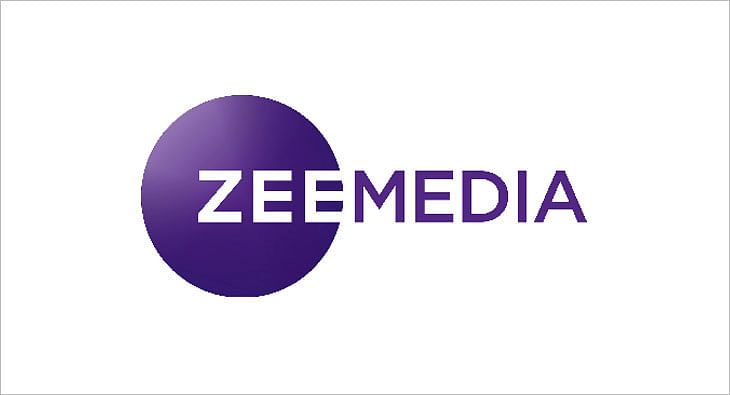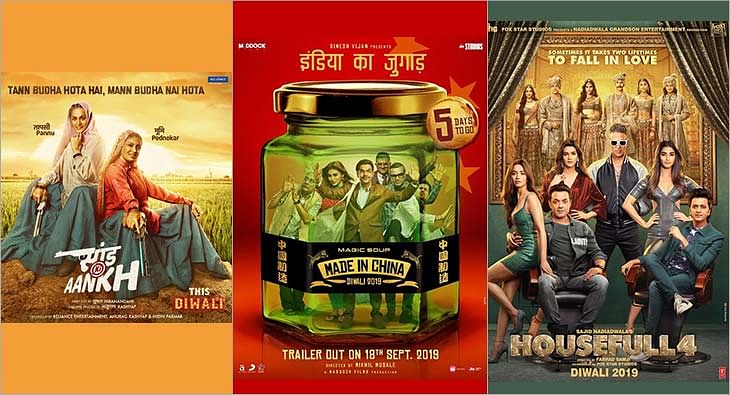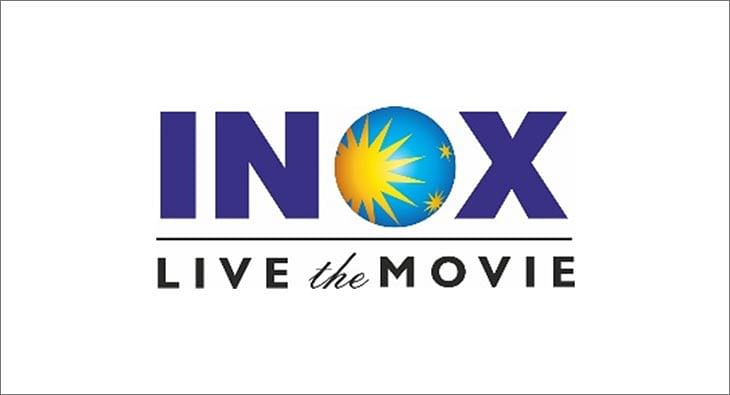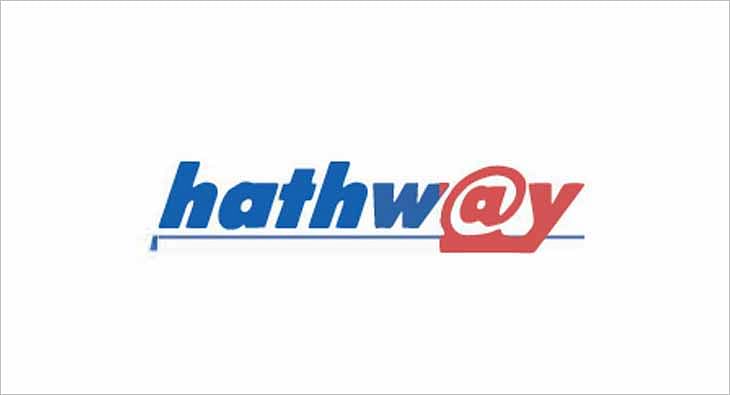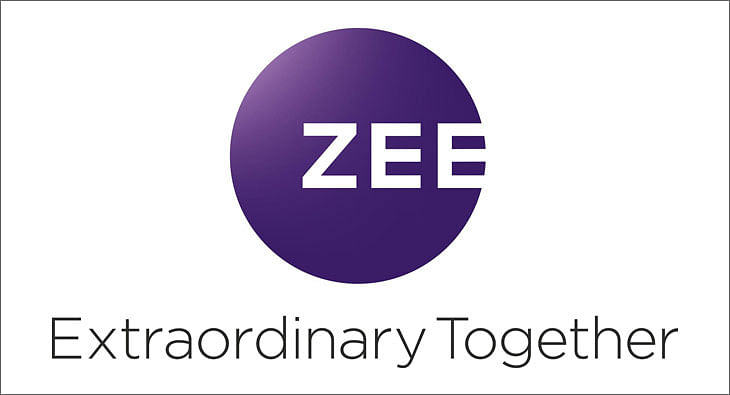Mixed Media: Leave the media alone!
It’s unfortunate that a Rajya Sabha committee suggests that self-regulation will not work for the Indian media, comments Pradyuman Maheshwari, Group Chief Editor, exchange4media.com and impact.

Everyone loves whipping the media. In the good ol’ days, it was print and now, it is television. Some newspapers and magazines may indeed have sensationalised content, but I don’t think any of the reputed brands have ever overstepped their limits. Radio hasn’t really been an issue because all that we get is sanitised stuff on AIR.
The problem now appears to be with a bit of print and essentially the privately owned television news media. So, here we have a group of esteemed MPs advising the Government that while self-regulation and the like are fine, what is needed is a healthy set of rules given that everyone is nuts about achieving higher ratings.
The Rajya Sabha Committee of Petitions headed by BJP biggie M Venkaiah Naidu got into the act after being asked by a Gurjit Singh from Patiala regarding the “misuse of Right to Freedom of Speech and Expression by the print and electronic media and the need to restrict it under Article 19(2) of the Constitution”. At the time of writing, Report #132 (given that the Upper House Committee has dealt with 131 such plaints in the past) wasn’t put up on the Upper House website, so I’m basing my comments essentially on the press release sent out. The Committee, by the way, has 10 members, including Naidu and the very dynamic Vijay J Darda, Chairman and Managing Editor of the leading Lokmat Group of newspapers, which also co-owns IBN Lokmat, the Marathi news channel of the CNN-IBN stable.
The summary of Report #132 make for interesting reading, and I’m looking forward to the real thing. Here’s how it starts: “The police and some sections of the seemingly enthusiastic media may have to share the responsibility for the irreparable damage caused to the character and career of the alleged accused, who is yet to be convicted by the court of law in fair trial,” Save the unnecessary use of the word “seemingly”, I find the jottings fair. It adds that the “police must desist themselves from exposing the alleged accused to the media prior to his conviction”. Also, “the electronic media should not air information gathered through sting operation unless and until there is ample evidence to conclusively prove the guilt of the alleged accused; if it is required in public interest, the version of the alleged accused should also be aired simultaneously and with equal prominence”. Nothing wrong with this.
But, hang on. Naidu & Co don’t stop here. “It is, however, not the intention of the Committee to recommend curtailment of the freedom of the press and it is also not in favour of a constitutional amendment, as prayed by the petitioner, but at the same time the abuse of the said freedom by a section of the media for creating sensation, achieving pecuniary benefit and enhancing their TRPs, has to be checked in public interest,” it says.
The report summary now gets into the act of sermonising: “Freedom of the press casts responsibility on media as well. The committee, therefore, expects the media to contribute to the success of democracy by protecting the freedom of individual, including his/her right to privacy. The Committee observes that even though the right to know takes precedence over the right to privacy, the right to privacy should not be encroached upon under the garb of freedom of the press unless prompted by genuine public interest. Therefore, the Committee advocates following of a middle path approach between both the rights, to meet the ends of justice.”
Monsieur Naidu’s Report #132 also talks of the cops holding live press conferences and says that airing views on the news of an area “tantamounts to trial by media” and refers to the Noida double murder case. However, it adds: “The Committee would like to acknowledge the fact that in certain high profile murder cases, the vigilance of the media resulted in the dispensation of justice to the victims and their family members, who have otherwise lost all hopes of getting justice under the present system”.
The discussion finally moves to the Mumbai siege. “The Committee apprehends that the live footage shown by TV channels to the viewers could also have been used as free intelligence input by the perpetrators sitting far away from the place of incident… The live coverage was partially restricted later because of some good sense prevailing with suitable advisories. Needless to mention, self-regulation by media otherwise was not in place. The Committee expects the media to treat information of sensitive nature carefully and endeavour to ensure that the interest of Nation and lives of security forces and hostages in such type of operation is not jeopardised by live telecasting such nature of operations.”
There is also a reference to the display of dead bodies which could cause a “negative psychological impact” on viewers. And suggests: “News channels in many foreign countries do not telecast the footage of dead bodies. The Committee desires that similar approach may be adopted by the news channels in our country.”
If all of these still make you think there’s nothing dramatic about the recommendations, read on. “The Committee is aware of the existing regulatory mechanism of the print media, which is in place for almost three decades… Proposals are under consideration to grant more powers to the Press Council of India to regulate the Print Media. In this context, the Committee recommends the Government to process the matter expeditiously and come out with appropriate amendment to the Press Council of Act, 1978.”
And it continues: “The Committee is of the view that self-regulation is an ideal situation, but it may not be effective to regulate the media, particularly in the scenario of growing competition amongst the channels for supremacy in the business of ratings. The Committee is, therefore, in favour of having statutory regulations in place covering the print and electronic media, in the larger interest of the society, on the model of the Press Council of India vested with more powers.”
It then talks of the content code that will be part of the proposed Broadcasting Regulatory Authority of India and hopes the Broadcast Services Regulation Bill will incorporate all views, etc.
While there is reason for Members of Parliament, being elected representatives of the people, to be worried about what’s aired in the media, I think the suggestion to the police is bizarre. No, I am not trying to say that the media is always correct, but there is a legal recourse available. The Government and courts can ensure that libel laws are tougher and cases are discharged quickly, and there is no reason to regulate either the print or electronic media.
Just as the Report #132 acknowledges the role of the media in the Jessica Lall murder case (without naming it of course), it must remember that it’s only because of a free and flourishing Fourth Estate that the world has woken up to the evil acts of terrorism. Do the esteemed MPs believe that the bland coverage by Doordarshan (and All India Radio) can engage the international community the way the private channels have?
Our political masters should remember that the masses consume news from a media entity they trust. And putting out trash or fake interviews of terrorists (as has been alleged in some quarters) will eventually bring down a channel.
Only a free print and electronic media will do. Owners and editors do realise that viewers and advertisers will reject a dishonest offering. The Government must let market forces shape the future of the media. Yes, a legal framework that allows for speedy redressal of complaints is imperative, but that’s all that the Government should ensure. With apologies to Pink Floyd: Hey, MPs, leave the media alone!
(Note, the views expressed here are my own and do not necessarily represent those of the exchange4media Group where I am group chief editor, exchange4media.com and impact. Don’t agree with my views on Report #132, mail me at mixedmedia@exchange4media.com.)
Read more news about (internet advertising India, internet advertising, advertising India, digital advertising India, media advertising India)
For more updates, be socially connected with us onInstagram, LinkedIn, Twitter, Facebook Youtube & Whatsapp
You May Also Like
HT Media posts Consolidated Total Revenue of Rs 580 crore in Q2
Chairperson and Editorial Director Shobhana Bhartia says due to lower commodity prices and control on costs there has been an improvement in operating profit
HT Media has posted a Consolidated Total Revenue for Q2, 2020 at Rs 580 crore.
As per a statement released by the company, EBITDA for Q2’20 increased by 139%, and margins at 14% vis-à-vis 6% in previous year. This has been driven by softening of newsprint prices and continued focus on cost.
The Net Cash position at a consolidated level continues to be strong.
The Print ad revenue has declined due to sluggish volumes, even as yields have improved. National advertising continues to be soft, although local advertising witnessed growth.
Savings in raw material costs have driven improvement in EBITDA margins.
Chairperson and Editorial Director Shobhana Bhartia said, “Slowing economic growth has hit advertising spends in key categories, putting pressure on revenues across the media industry. As a result, our Print and Radio (on like to like basis) businesses saw revenues dip as compared to a year-ago. However, thanks to lower commodity prices and a tight control on costs, we saw an improvement in our operating profit. On the digital front, Shine, our online recruitment portal has shown good progress and continues to grow. Our outlook for the coming quarter remains cautious, given overall economic sentiment and macroeconomic trends. Cost-control and falling commodity prices should help protect our margins.”
Read more news about (internet advertising India, internet advertising, advertising India, digital advertising India, media advertising India)
For more updates, be socially connected with us onInstagram, LinkedIn, Twitter, Facebook Youtube & Whatsapp
ABP Group posts Rs 15.70 crore as net profit in Q1 FY20
The group’s total operating income stands at Rs 365.55 crore
ABP Group has posted a net profit of Rs 15.70 crore in the first quarter of FY20, as per media reports.
The group’s total operating income stands at Rs 365.55 crore.
It’s net profit for the fiscal ended March 31, 2019, was down 68% to Rs 31.90 crore compared to the previous fiscal.
The Profit Before Interest Lease Depreciation and Tax (PBILDT) has also dropped 53.52% to Rs 107.12 crore.
The group has six news channels - ABP News (Hindi), ABP Ananda (Bengali) ABP Majha (Marathi) and ABP Asmita (Gujarati), ABP Sanjha (Punjabi) and ABP Ganga (Hindi).
Read more news about (internet advertising India, internet advertising, advertising India, digital advertising India, media advertising India)
For more updates, be socially connected with us onInstagram, LinkedIn, Twitter, Facebook Youtube & Whatsapp
Zee Media posts consolidated revenue of Rs 137.03 crore for Q2 FY20
ZMCL has recorded 4.4% growth in operating revenue for first half of FY20
Zee Media Corporation Ltd (ZMCL) has posted a 4.4 per cent growth in operating revenue to Rs 337.6 crore in the first half of FY20, as per media reports.
It has reported a consolidated revenue of Rs 137.03 crore for Q2 FY20.
In a statement, ZMCL has said: “During the quarter, the network expanded its footprint s into Southern India through the launch of Zee Hindustan in Tamil and Telugu languages. This is intended to make the network's content accessible to wider audience.”
The operating expenditure in Q2FY20 has dropped by 21.7 per cent.
The statement further said: “EBITDA for HlFY20 improved by 34.1 per cent to Rs 1,029 million from Rs 767.5 million EBITDA for H1FY19, while the same declined by 9.4 per cent to Rs 370.2 million from Rs 408.7 million for the corresponding period last financial year. EBITDA Margin grew from 23.7 per cent in H1FY19 to 30.5 per cent in HlFY20, while growing from 24.2 per cent in Q2FY19 to 27 per cent in Q2FY20.”
Read more news about (internet advertising India, internet advertising, advertising India, digital advertising India, media advertising India)
For more updates, be socially connected with us onInstagram, LinkedIn, Twitter, Facebook Youtube & Whatsapp
No slowdown here: In-cinema ad rates up by at least 50% for 3 big Diwali releases
Housefull 4, Made In China and Saand Ki Aankh ready to hit the silver screen this week, with the hopes of giving brands the eyeballs they look for in theatres
It’s that time of the year again when theatres gear up to pocket maximum gains. Diwali is here and there are three films ready to hit the silver screen this week--Housefull 4, Made In China and Saand Ki Aankh. The festive period brings much joy to exhibitors, distributors and theatre owners because it ensures footfalls, giving brands the eyeballs they look for. In fact, industry experts don’t feel that economic slowdown this year has impacted in-cinema advertising. While they are concerned about three movies clashing during Diwali, they predict 50-100 per cent rise in ad rates during this period.
Advertising moolah
Mohan Umrotkar, CEO, Carnival Cinemas, is expecting 60-70 per cent surge in advertisement topline compared to last year. “Going by the buzz and advance booking for these three releases, market is bullish. Advertisers have blocked most of the advt-slots during the festival period. Housefull 4, Made In China and Saand Ki Aankh all combined together should generate around Rs 350 crore topline at the box office during the festival week. We are expecting 60-70 per cent surge in the advertisement topline from last year. Also, this year we have added around 14 per cent new advertisers, and 4 per cent of them are first-time cinema advertisers,” he says.
But according to Siddharth Bhardwaj, Chief Marketing Officer - Head of Enterprise Sales, UFO Moviez, things have changed a lot in the last couple of years. “Since some films have not really lived up to their expectation, advertisers are spreading the spends all through the year. They are picking up far more number of titles in the year rather than focusing only on Diwali or Eid.”
“It is good for the industry because you can monetise the inventories beyond just big weeks. A lot of content- driven films have come up which has given us the opportunity to monetise more markets. It has put lesser pressure on Diwali. Most of the cinemas are sold out for Diwali. It becomes difficult to accommodate everything,” Bharadwaj opines. He also reveals that for this week, the inventories are already full.
Diwali ad rates
Experts reveal that ad rates differ from property to property and depends on location as well. But Diwali surely sees a massive hike in rates. This year, theatre owners are expecting 100 per cent rise in ad rates. While Umrotkar revealed that for Diwali, they are charging 100 per cent higher than the regular card rates, Girish Johar, trade analyst and film producer, shared that even the rates for putting up kiosks of brands go up during festivals like Diwali.
“It’s based on property. On a ballpark, ad rates double up. So if you are putting up a kiosk, they charge say Rs 50,000-25,000 for a month. During Diwali, they charge almost double because of the kind of footfalls theatres witness,” Johar revealed.
Economic slowdown? Not for Cinema!
This year, brands have been pulling back their spends on other mediums due to economic slowdown, but cinema seems unaffected. Calling entertainment business recession-proof, Johar explains, “If you see the other side, box office is up by 15-20 per cent. Yes, it is a bit subdued because the brands are in a wait-and- watch scenario. They are increasing their focus around consumption rather than awareness.”
Bharadwaj too seconded it by saying, “These are challenging times but our medium is very efficient. If you see economy has slowed down, but the cinema has grown instead.”
Clash cover
Three movies are clashing this Diwali which means shared screens and box office gains.
“It’s never good for us when two or more big-ticket films release together. If they would have come on different dates, there are chances that more advertisers will take advt. inventory in those weeks separately instead of that one particular week,” shares Umrotkar.
Read more news about (internet advertising India, internet advertising, advertising India, digital advertising India, media advertising India)
For more updates, be socially connected with us onInstagram, LinkedIn, Twitter, Facebook Youtube & Whatsapp
INOX Leisure Ltd sees 42% growth in total revenue
Profit After Tax up 327% to Rs 51 crore
INOX Leisure Ltd (INOX) has reported financials for the second quarter ending September 2019.
Its total revenue has risen to Rs 524 crore with a 42% growth from Rs 369 crore in the corresponding quarter in FY19. Its EBITDA has more than doubled to Rs 107 crore with a 121% growth, while the PAT stood at an impressive Rs 51 crore, up 327% from previous year’s second quarter.
Siddharth Jain, Director, INOX Group, said: “At INOX, setting new benchmarks is now a routine, thanks to our consistently sharp focus on luxury, service and technology and our uncompromised desire to offer our patrons, nothing but the latest and the best! We are delighted with our remarkable consistency on all parameters, and we are sure about maintaining the momentum and focus on innovativeness. Content once again proved that why we term it as the ‘hero’. Thanks to the creators of such spellbinding movies, which keep inviting our guests to our properties, and allowing us to pamper them with our signature hospitality. With the launch of Megaplex, we are delighted to further our endeavor of developing experience-driven cinema destinations of global standards, and we will continue to do so. On behalf of Team INOX, I assure all our stakeholders that we will continue to break barriers and exceed all expectations.”
Read more news about (internet advertising India, internet advertising, advertising India, digital advertising India, media advertising India)
For more updates, be socially connected with us onInstagram, LinkedIn, Twitter, Facebook Youtube & Whatsapp
Hathway Cable & Datacom reports 100% subscription collection efficiency in Q2
The broadband subscriber base has increased from the previous quarter’s 840,000 to 860,000
Hathway Cable and Datacom has reported subscription collection efficiency at 100%, and the broadband subscriber base has increased from previous quarter’s 840,000 to 860,000 in quarter ending September, as per media reports.
It has narrowed its consolidated net loss by 74% and the operating EBITDA has been reported 15% up to Rs 107.5 crore compared to Rs 93.1 crore a quarter ago.
The total income has dropped 2%, while the expenditure is down 6%.
In the financial results, the company has said the FTTH markets are leading growth in customer acquisition.
Read more news about (internet advertising India, internet advertising, advertising India, digital advertising India, media advertising India)
For more updates, be socially connected with us onInstagram, LinkedIn, Twitter, Facebook Youtube & Whatsapp
ZEEL posts 7.4% YoY growth in total revenue for Q2 FY20
ZEEL's domestic advertising revenue has grown 1.4% YoY in Q2FY20
Zee Entertainment Enterprises Limited (ZEEL) has reported a consolidated revenue of Rs 2,122 crore for the second quarter of FY20, recording a growth of 7.4% on YoY basis.
The Earnings Before Interest, Tax, Depreciation and Amortization (EBITDA) was recorded as Rs 692.9 crore with an EBITDA margin of 32.7%. PAT for the quarter was Rs 413.2 crore. The Profit After Tax (PAT) for the quarter was Rs 413.2 million, with a growth of 6.9% YoY.
During the second quarter, ZEEL’s consolidated advertising revenue grew by 1.2% YoY to Rs 1,224.7 crore. The domestic advertising revenues grew by 1.4% YoY to Rs 1169 crore.
ZEEL has posted 26.8% YoY growth in Q2FY20 domestic subscription revenue. ZEEL’s consolidated subscription revenue grew by 19.0% to Rs 723.5 crore during the quarter.
ZEEL’s total expenditure in Q2FY20 stood at Rs 1429.1 crore, higher by 9.9% YoY compared to Q2FY19.
While ZEE5 recorded a peak DAU (Daily Active User) base of 8.9 million in September 2019, ZEE5 users watched an average of 120 minutes of content on the platform in the same month.
During Q2 FY20, the television network had an all-India viewership share of 18.4%.
During the quarter, ZEEL’s international business revenue was Rs 208.2 crore. The advertising and subscription revenues for international business declined by 4.0% YoY and 21.5% YoY, respectively.
Zee Music Company has registered 7.1 billion views on YouTube in Q2.
Punit Goenka, Managing Director and CEO, ZEEL, said, “I am pleased with the performance we have exhibited during the quarter. Our entertainment portfolio continues to grow from strength to strength across all formats and maintained its leading position. Our television network has emerged stronger post the implementation of tariff order on the back of a strong customer connect and brand pull of its channels. ZEE5 continued to gain traction across audience segments and markets, driven by its compelling content library and expanding list of partnerships across the digital eco-system. This strong operating performance allowed us to deliver industry leading growth in both advertising and subscription despite the tough macro-economic environment. Domestic subscription growth of 27% has reaffirmed the value proposition our television network has built over the years. The impact of tariff order has now largely settled down and has brought increased transparency along with improved monetization. Our domestic advertising revenue growth, though significantly lower than historical trend, is higher than the industry growth. We have witnessed an improvement in ad spends through the quarter and we believe that the onset of festive season along with measures taken by the government will help revive the consumption growth.”
Read more news about (internet advertising India, internet advertising, advertising India, digital advertising India, media advertising India)
For more updates, be socially connected with us onInstagram, LinkedIn, Twitter, Facebook Youtube & Whatsapp




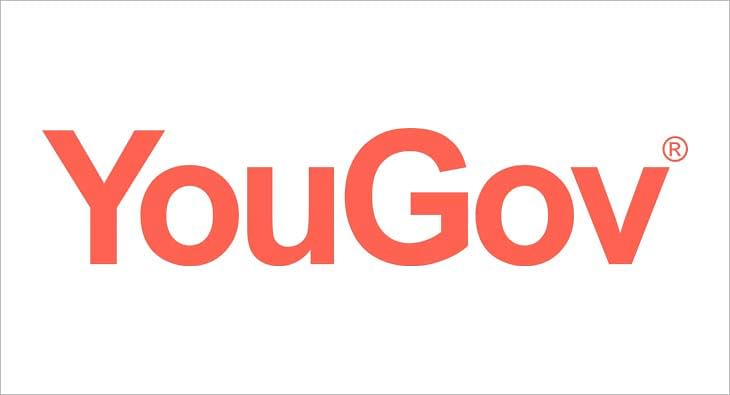
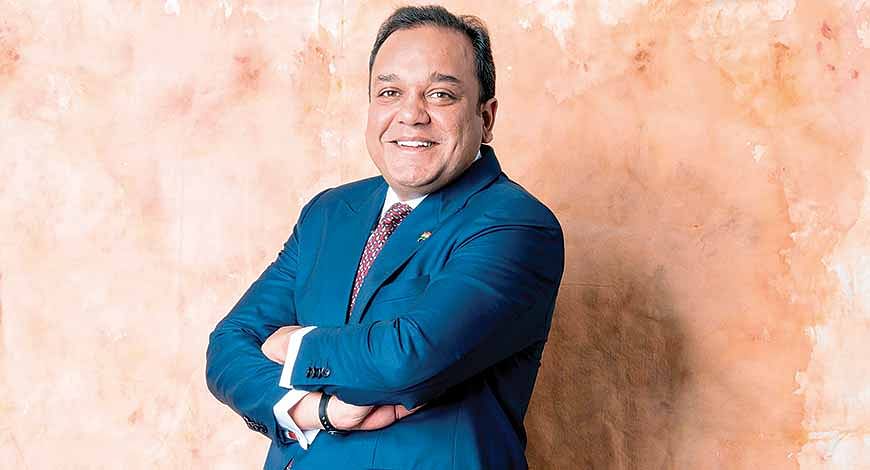
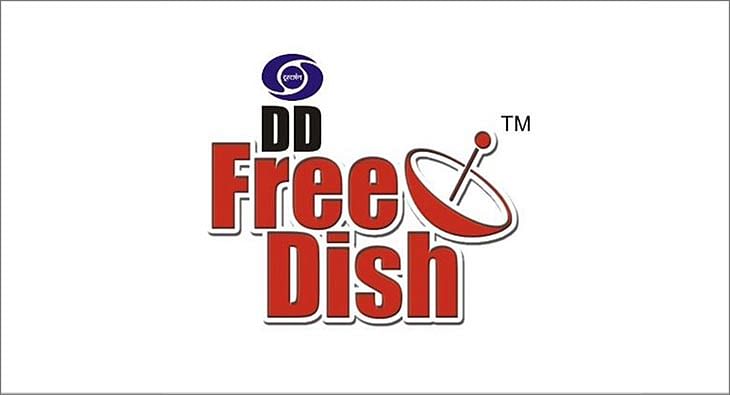







 Share
Share